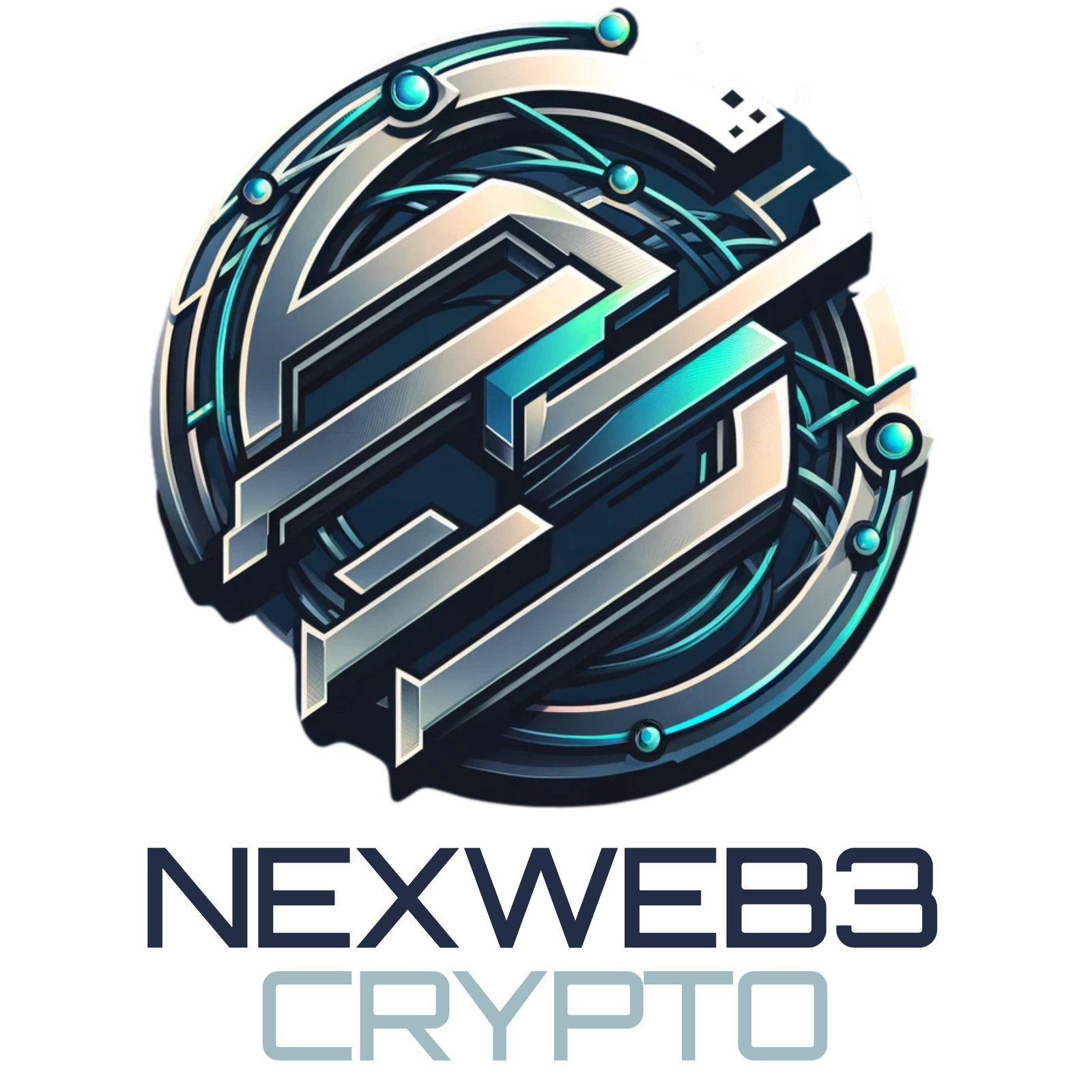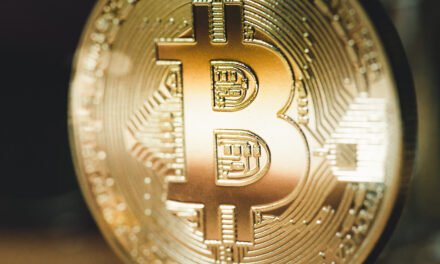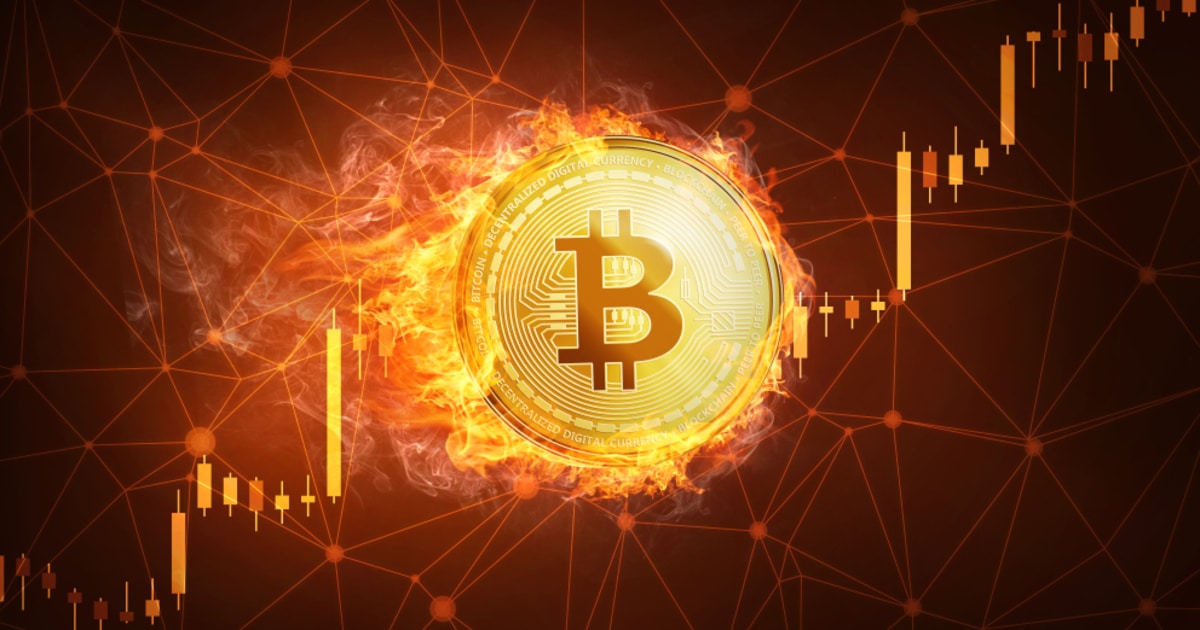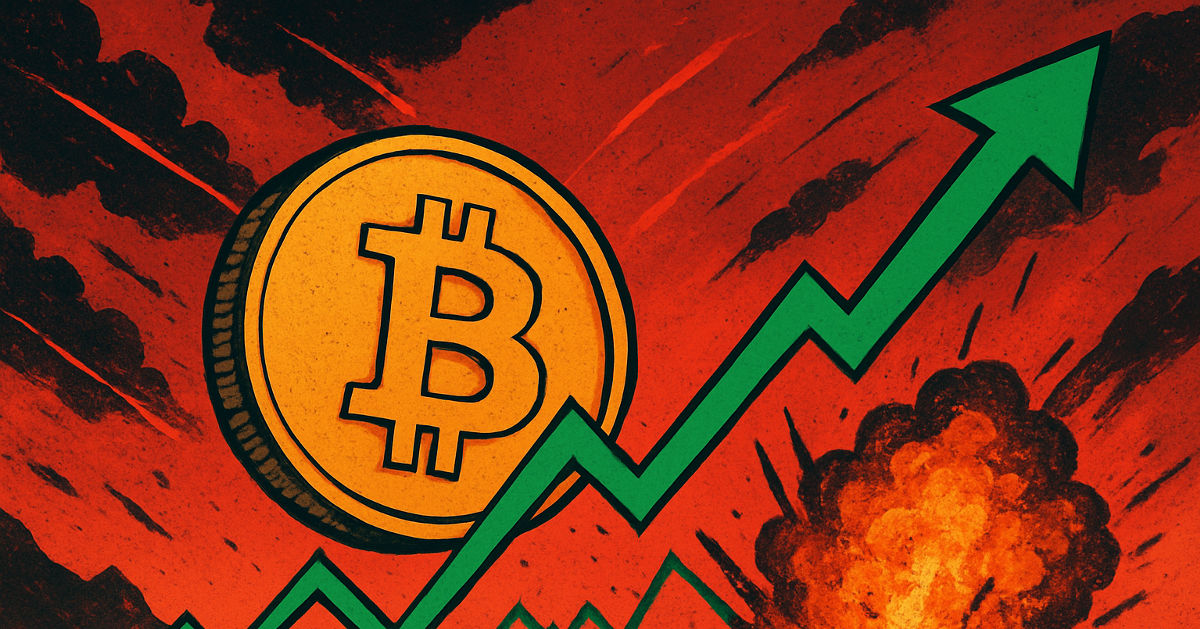In todays dynamic cryptocurrency landscape stablecoins have emerged as a crucial component that bridges the gap between traditional currencies and digital assets. But what exactly are these coins? At their core they’re designed to maintain stability by tying them to reserve assets like fiat money or commodities such as gold. This feature enables users to experience all benefits of crypto without worrying about price volatility often associated with other types of virtual currency.
Stablecoins are classified into three primary categories – fiat backed, crypto backed and algorithmic. Fiat backed stablecoins like Tether (USDT) or USD Coin (USDC) hold traditional currencies in reserve at a 1:1 ratio for every coin issued. This ensures that the value of each token remains constant relative to its corresponding currency. On the other hand crypto backed stablecoins such as DAI or sUSD use cryptocurrencies as collateral which can provide greater transparency but also exposes users to price fluctuations if not managed carefully. Lastly algorithmic stablecoins rely on smart contracts and supply demand mechanisms rather than holding any specific asset in reserve. While this approach presents exciting possibilities it comes with its own set of risks.
Stablecoins offer numerous benefits over traditional cryptocurrencies like Bitcoin or Ethereum. One of the primary advantages is their predictability in pricing structure which makes them ideal for everyday transactions and savings purposes alike. Additionally these digital currencies facilitate quick cross border transfers with minimal fees – a significant improvement compared to conventional banking methods that take days longer while charging hefty charges along the way! Finally but not least importantly stablecoins make it easier than ever before for individuals living within underbanked regions worldwide who were previously excluded from participating fully within financial systems due to lack of accessibility options available earlier on!


Investing in stablecoins can be a promising venture but potential investors should also consider the risks associated with this type of digital asset. Governments are increasingly scrutinizing these assets to ensure consumer protection and market integrity issues are addressed adequately. Moreover, while fiat backed coins offer stability through reserves some skeptics express concerns about transparency and auditing practices. Meanwhile crypto backed or algorithmic options carry inherent volatility risks due to fluctuating collateral values or reliance on algorithms that may not function as intended during downturns. Therefore before making any decisions regarding stablecoin investment it is essential for investors to carefully evaluate all possible risks involved.
If you’re considering adding stablecoins to your investment portfolio or using them for transactions, purchasing and storing these digital assets is relatively simple. Firstly choose a reputable exchange such as Coinbase or Binance where you can purchase the desired type of stablecoin through various payment methods including bank transfers or credit cards. Once acquired it becomes essential that one secures their coins securely either by utilizing an exchange wallet for ease of accessibility or opting for maximum security against hacks with hardware wallets.
The future of stablecoins is shaping up to be promising with several trends and innovations on the horizon. Central banks are exploring CBDCs which could revolutionize monetary policies globally while providing new frameworks for digital currency use cases. Additionally DeFi platforms continue integrating more sophisticated models involving stablecoins opening up novel opportunities in lending protocols and yield farming strategies. As these developments unfold we can expect exciting times ahead!
In summary navigating the world of stablecoins requires a comprehensive understanding of their fundamental principles and careful consideration of both benefits and risks before investing. As this dynamic market continues to evolve alongside technological advancements and regulatory developments alike – there seems no limit on what could be achieved! With such potential applications at hand its an exciting time for anyone interested in exploring this space further.







